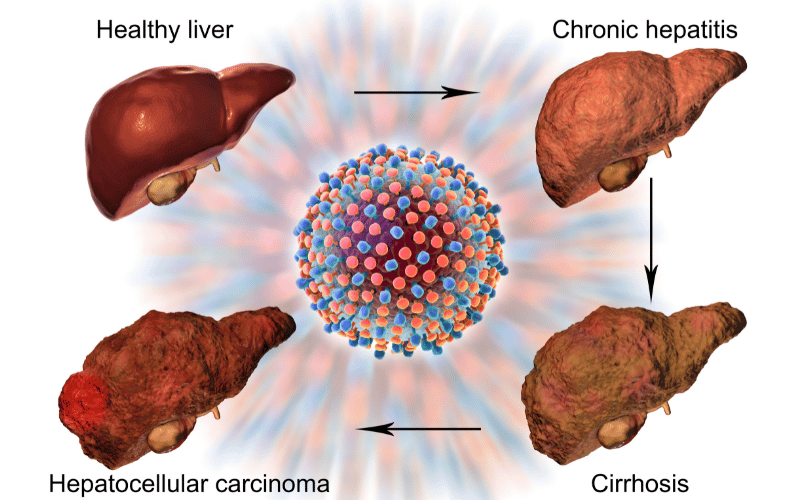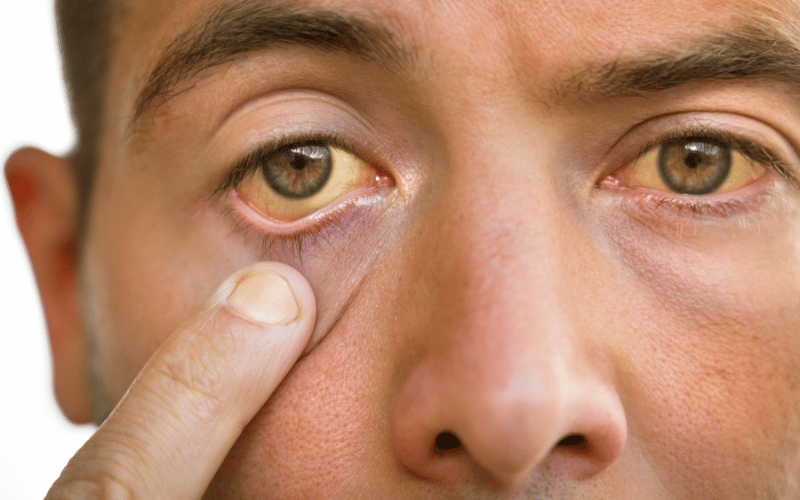Introduction: Navigating the World of Hepatocellular Carcinoma

Our health is a narrative, a continuous story that unfolds with every heartbeat. Amid the chapters of wellness and occasional ailments, some conditions demand more attention than others. Hepatocellular carcinoma, a predominant form of liver cancer, is undeniably one of those conditions that beckon our acute awareness.
Situated deep within our torso, the liver is a silent worker, tirelessly performing functions crucial to our survival. From detoxifying our bodies to aiding in digestion, its importance is undeniable. However, like all organs, it’s susceptible to ailments. Among these, hepatocellular carcinoma stands out not just for its severity but also for the subtlety with which its symptoms can manifest. These signs, if heeded early, can pave the way for timely interventions, altering the course of one’s health journey.
But why emphasize hepatocellular carcinoma so intensely? The sheer implications of its presence are profound. The liver, given its myriad functions, influences numerous bodily processes. When hampered by a condition like hepatocellular carcinoma, the ripple effect on overall health can be vast and varied. Moreover, the global rise in cases underscores its relevance in today’s health landscape.
This article will meticulously walk you through the ten most prominent symptoms associated with hepatocellular carcinoma. It’s not merely an information dump but a guide designed to foster understanding and prompt timely action. In the intricate maze of health information available today, consider this your compass, leading the way to informed and empowered decisions about hepatocellular carcinoma.
Symptom 1. Jaundice: The Silent Yell of Hepatocellular Carcinoma

The term ‘jaundice‘ is derived from the French word ‘jaune,’ which means yellow. It’s an apt descriptor for the primary visual clue: a yellowing of the skin and the whites of the eyes. But what’s behind this shade shift? At its core, jaundice isn’t a disease but a symptom pointing to an underlying problem.
The liver processes bilirubin, a yellow compound that the body produces when it breaks down old red blood cells. Typically, the liver filters out bilirubin, which then gets excreted in stools. However, when the liver is compromised, as is the case with hepatocellular carcinoma, this bilirubin accumulates in the bloodstream and starts to deposit in the skin and eyes.
The body’s incredible interconnectedness means that an issue in one organ can manifest visually in a completely different part. It’s astounding how a liver concern can make such a visible change, turning skin and eyes to shades of yellow. (1)